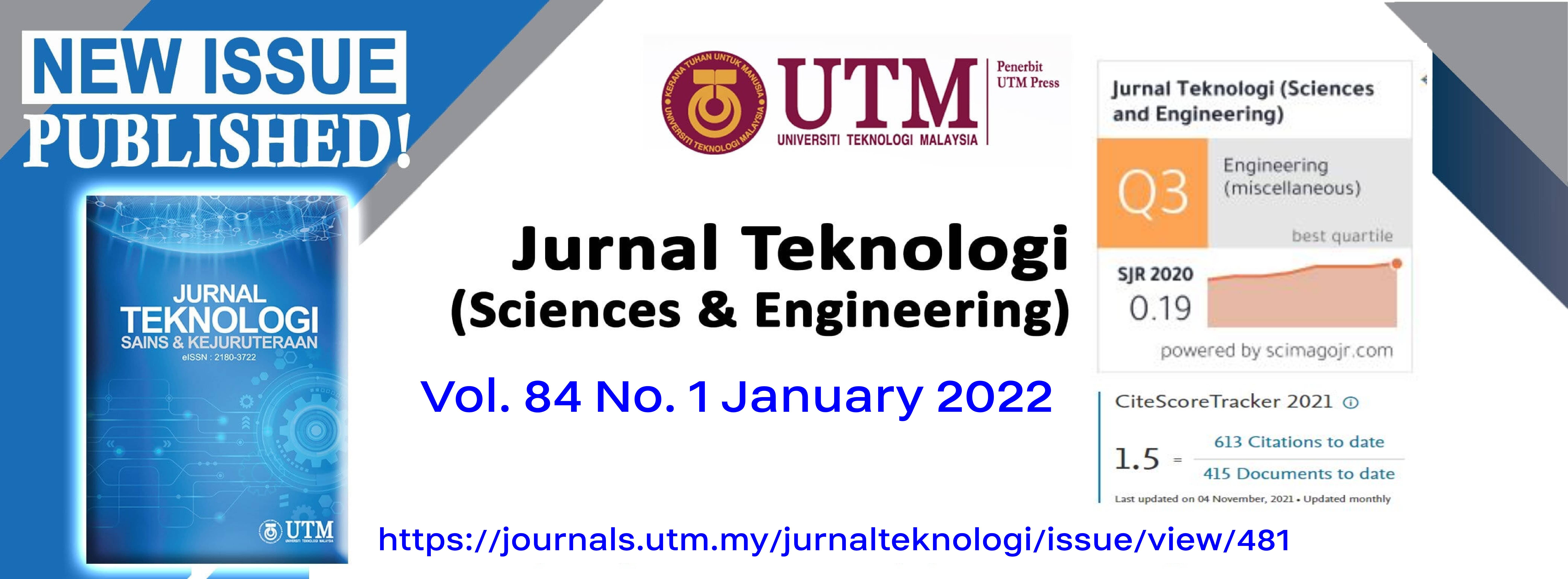ULASAN: PEMBANGUNAN TEKNOLOGI PENGGASAN DAN PENGGUNAAN
REVIEW: DEVELOPMENT OF GASIFICATION TECHNOLOGY AND ITS APPLICATION
DOI:
https://doi.org/10.11113/jurnalteknologi.v84.17709Keywords:
Gasification, synthesis gas, engineering factors, raw material, main productAbstract
Gasification technologies have the potential to produce clean and efficient energy sources. This technology is capable of producing synthesis gas from low or negative carbon -based raw materials such as coal, petroleum coke, high sulfur fuel oil, waste or waste materials and biomass. The gas produced from the process is used to replace natural gas to generate electrical power, or acts as basic raw material for producing chemicals and liquid fuels. Gasification is a process which utilizes heat, pressure, and steam to convert materials directly into gases, such as carbon monoxide and hydrogen gases. Despite differing in various aspects, gasification technologies have four common engineering factors such as atmospheric gasification reactors (oxygen or air content level), internal and external heating, reactor design and operating temperature. Raw materials, either in dry form or small granules, are fed into the reactor chamber called gasifier. Raw materials subjected to heat, pressure as well as an environment with rich or low oxygen content. Hydrocarbon gas (also known as Syngas), liquid hydrocarbon (oil) and coal (carbon black and ash) are the three main products of gasification. Syngas can be used as a fuel to produce electricity or steam, or acts as a basic block for various types of chemicals. When mixed with air, Syngas can be used in petrol or diesel engines with slight modifications to the engine.
Downloads
Published
Issue
Section
License
Copyright of articles that appear in Jurnal Teknologi belongs exclusively to Penerbit Universiti Teknologi Malaysia (Penerbit UTM Press). This copyright covers the rights to reproduce the article, including reprints, electronic reproductions, or any other reproductions of similar nature.
















